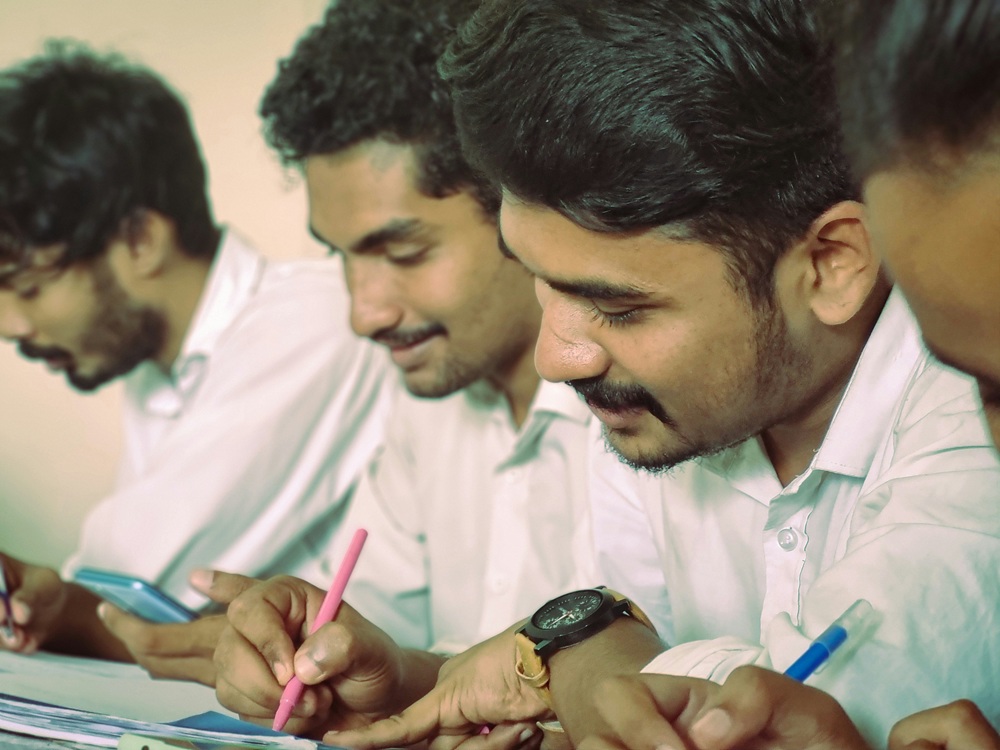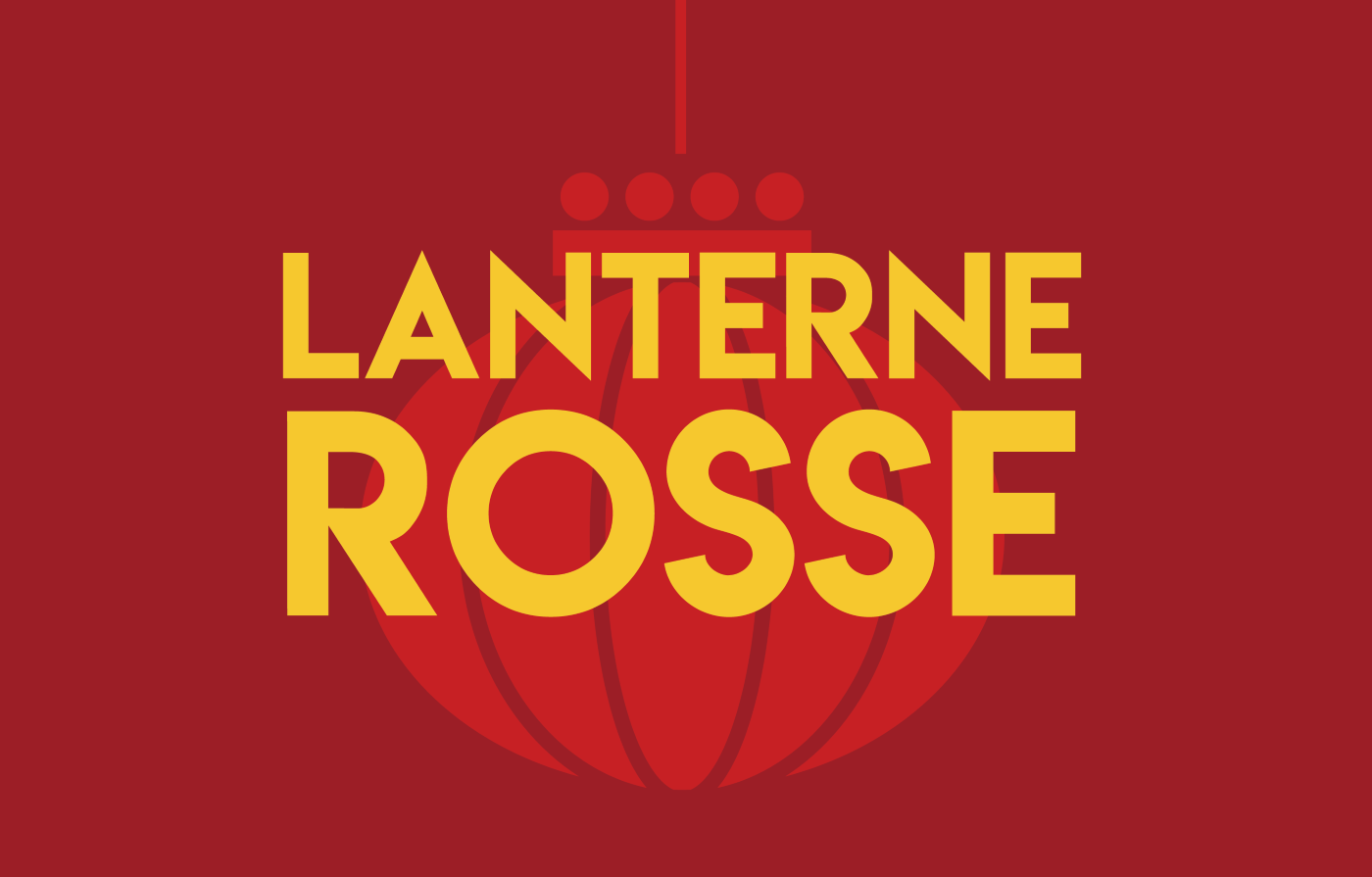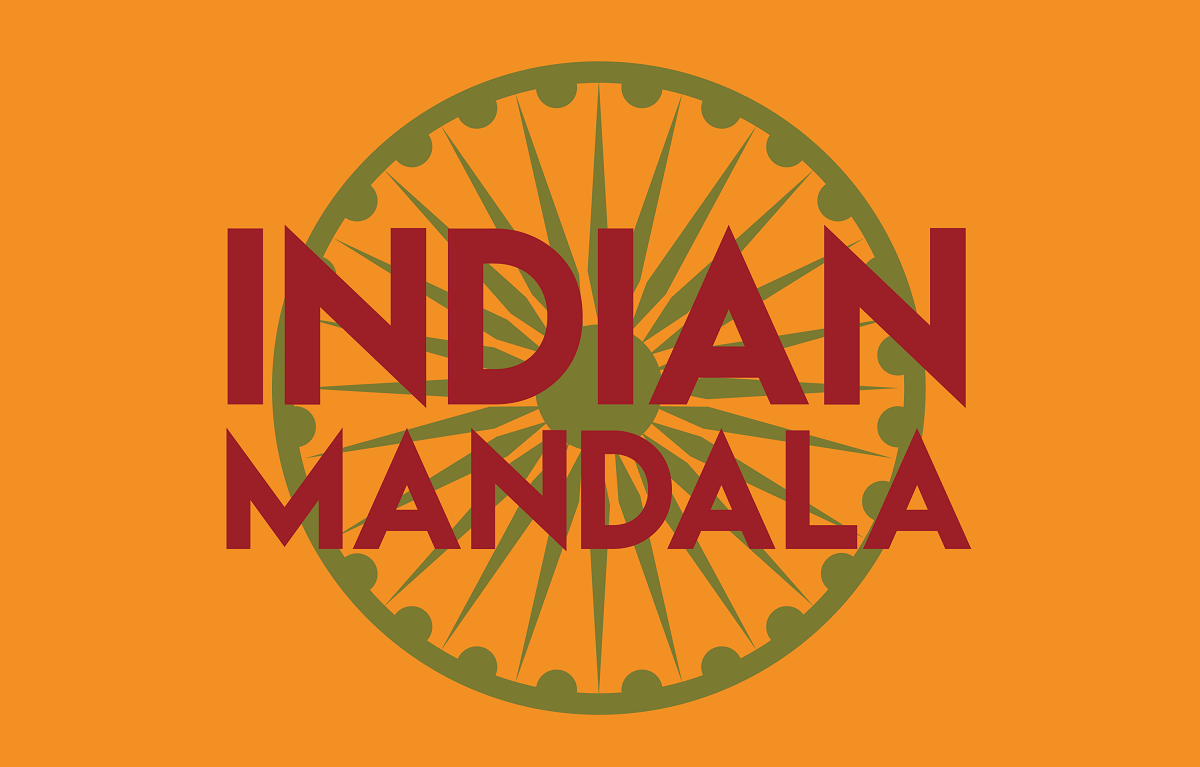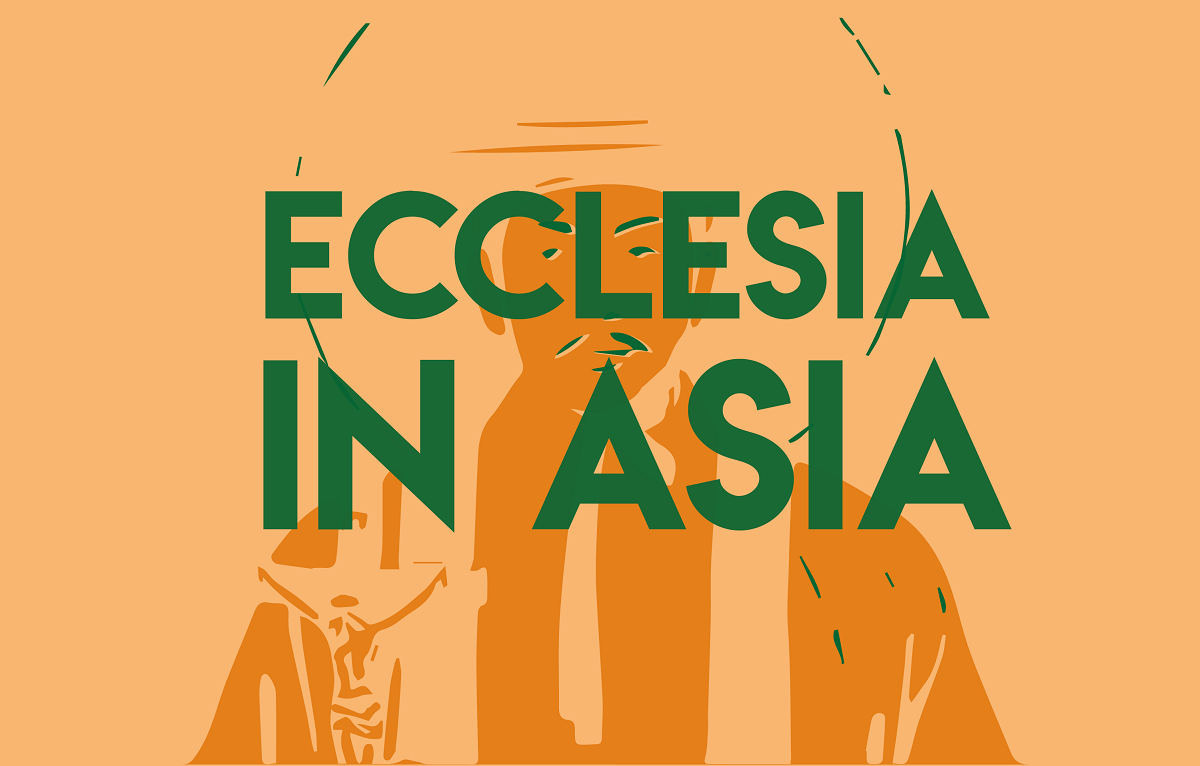Why Indian students are the most affected by Trump's blockade
There are over 300,000 young people from the subcontinent studying in the United States, a number almost double that of ten years ago. What drives them towards the US are the shortcomings of a university system that is still uncompetitive also because it is excessively centralised. Thus in contrast with their government (and to avoid competition from Europe) some US universities are starting new partnerships to open campuses in India.
Milan (AsiaNews/Agencies) - Contrary to the statements and intentions of the Trump administration, some American universities are strengthening their collaboration with corresponding Asian institutions. These days, Rutgers University has expanded its partnership with the Indian Institute of Science, emphasising the importance of joint research. Furthermore, Illinois Tech - a Chicago-based university - confirmed the opening of a campus in Mumbai, which will offer bachelor's and master's degree courses in engineering, computer science and economics from 2026.
These kinds of countermeasures are an indication of how strongly felt the issue of visa blocking for students is in India. If the White House's new directives are approved, it will in fact be Indian students who will suffer the most. According to a report by Open Doors, from 2022-23 to 2023-24, the percentage of Indian students granted Opt - a permit that allows international students enrolled in US universities to work temporarily in a field related to their studies - increased by 43%. A figure that reflects the growing inclusion - and confidence - of Indian students in job opportunities in the United States.
Today, there are more than 300,000 Indian students enrolled in American universities, a number that has almost doubled compared to ten years ago, surpassing that of China. In 2024, around 1.5 million Indian students chose to study abroad, despite the fact that there are more than 58,000 higher education institutions at home - more than 2,000 of which opened between 2021 and 2022 alone. In fact, India boasts the second largest university system in the world, but none of these institutions rank well internationally. Not a single Indian university ranks among the top 100 globally, despite the fact that many Indian minds hold key roles on the world stage: from the CEO of Microsoft to the CEO of Alphabet to Nobel Prize-winning economist Abhijit Banerjee, a professor at MIT.
If Indian students will no longer have access to US universities, other destinations will have to take over 300,000 of the country's brightest students. Most of these students will probably continue to look westwards, moving mainly to Canada, Europe, Great Britain or Australia. Asian universities, though on the rise, seem to remain out of their preferences. In fact, the presence of Indian students in countries such as Japan, South Korea and Malaysia is much lower than in China, highlighting a different geography of preferences. For instance, in Japan, in 2024, compared to 115,495 Chinese students, there were only 1,330 Indian students. In South Korea, there were 60,356 Chinese students and only 1,328 Indian students. On the other hand, the picture is different in English-speaking countries, where the Indian presence is more marked, with Germany confirming itself as the most popular European destination. This is influenced by the wide choice of English language courses in these countries, but also by the cultural familiarity and lack of awareness of Asian universities in New Delhi.
The exclusion of Indian students from American universities could encourage the 'brain drain', but the hypothesis is unlikely because the low ranking of Indian universities has very deep roots and would require a series of structural interventions. First of all, funds are insufficient: India, like China, invests about 4% of GDP in education, but the same figure has a different meaning in the two countries considering that China's GDP per capita is about five times higher than India's. The lack of funds penalises academic research and consequently prevents any possibility of development in the sector.
Moreover, as there are no resources, teachers are few and underpaid, making it difficult to attract foreign-trained talent back home.
Moreover, Indian universities are over-centralised and bureaucratised, presenting themselves as an elephantine machine unable to keep up with innovation. Over the past 40 years, control of universities has increasingly shifted from academics to the state bureaucracy, and since the private sector invests little in research, public funding is crucial. The stronger the state control, the less autonomy for research.
In India, curricula and academic activities are supervised by the University Grants Commission, with strict guidelines imposed by the government. For these reasons, India was ranked 156th out of 179 in the Academic Freedom Index published by Scholars at Risk.







.png)










